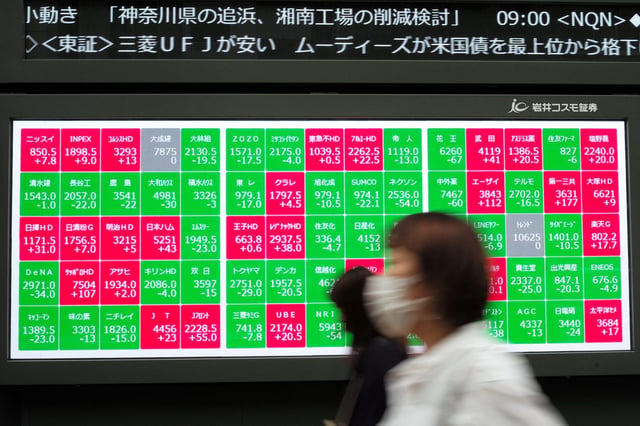Overview
- Moody's lowered the U.S. sovereign credit rating from Aaa to Aa1 on May 16, citing rising deficits and debt rollover risks.
- Initial market reactions included stock selloffs and a rise in Treasury yields, with the 30-year yield surpassing 5% for the first time since 2023.
- Investors largely recovered confidence by late May 19, with major indices rebounding and Treasury yields stabilizing below earlier highs.
- The downgrade marks the third such action by major credit agencies, following similar moves by S&P in 2011 and Fitch in 2023.
- Ongoing concerns remain over U.S. fiscal policy, trade tensions, and a proposed tax-and-spending bill that could add trillions to the federal debt.



